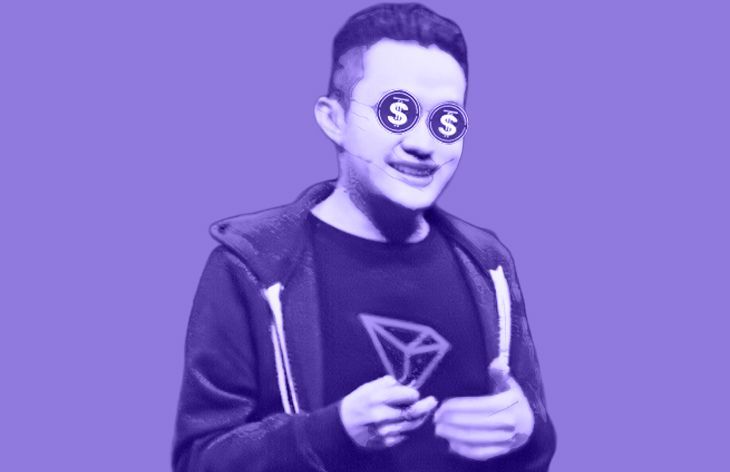TRON dev says his algorithmic stablecoin will do better than UST

I thought we already established that overconfidence in the crypto world often leads to disasters
Justin Sun, founder of TRON project, wrote a blog post regarding the LUNA/UST crash and how his algorithmic stablecoin — USDD — is going to avoid their fate. This is because the TRON team has learned much from recent events and is prepared to prevent such a scenario.
The “rapid rise of Terra” inspired the team to create their own algorithmic stablecoin in the first place, said Mr. Sun. However, the security of UST was always the issue, even after the Terra team took measures to improve the situation.
“Despite the Luna Foundation Guard’s best efforts, a majority of UST’s collateral consisted of LUNA, a highly volatile asset, and less than 15% of UST was collateralized by Bitcoin. We witnessed the consequences of these missteps over the last two weeks. After thinking through the challenges UST faced and learning from them, we set out to build a better decentralized stablecoin,” said Mr. Sun.
The TRON founder also emphasized that the USDD will be fully backed by a combination of stable and volatile assets. Right now, the Tron DAO Reserve (TDR) fund, whose role is to back USDD, includes stablecoins — USDT and USDC — and also Bitcoin and TRX.
“The collateralization rate is currently in the 180-200% range. By increasing the USDD supply slowly, we will be cautious with expansion.”
The TRON team launched its own algorithmic stablecoin USDD in early May. The model is resembling that of UST — in order to issue the token, you need to burn the relevant amount of TRX. What is different from Terra is that, at the first stage, only eligible TDR participants in the “white lists” can issue UST. As the time passes, this team will lift this limitation.
Current total amount of USDD in circulation exceeds 667.52 million. To issue this much stablecoins, the community had to take than 8.29 billion TRX out of circulation. The team limited the maximum supply during the first phase to 2 billion coins. Right now, the ecosystem offers an annual income on deposits of up to 30% to attract new customers.
The limit on the maximum amount of USDD in circulation will be lifted in the second phase. At this point, the model for calculating interest in deposits will also change. The stakers who agree to block liquidity for a period of one year or more will continue to receive a high income. Short-term investors will get lower payments.
“Liquidity is a paramount feature and we want to compensate early adopters with ample yield for the liquidity they provide. Ultimately, the cap on USDD supply will be tied to the total volume of USDD traded.”
Source: Justin Sun Blog
11 comments